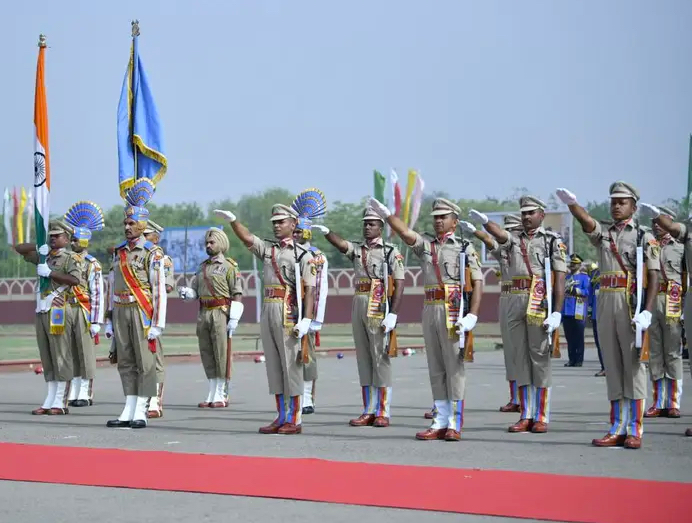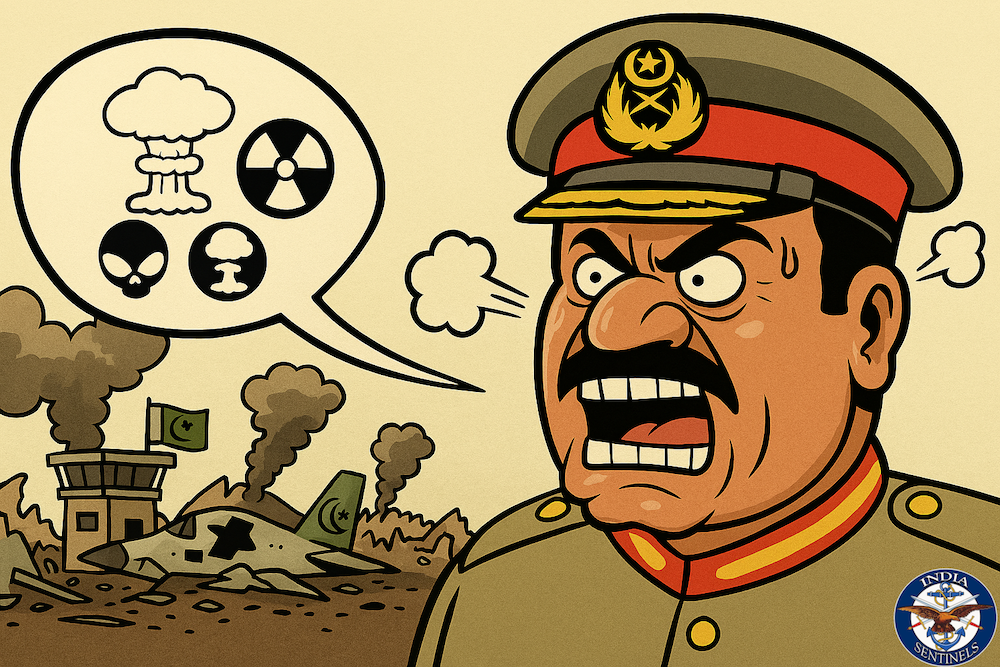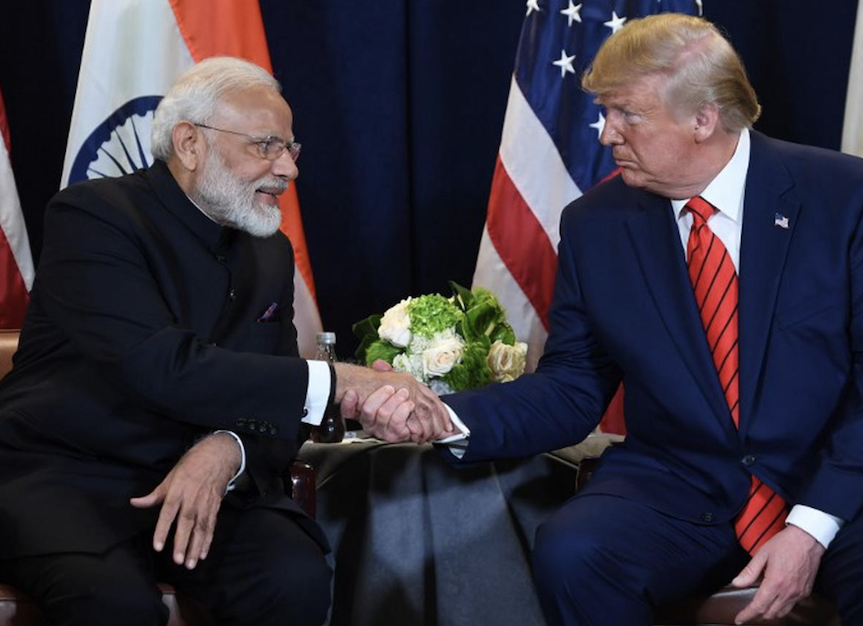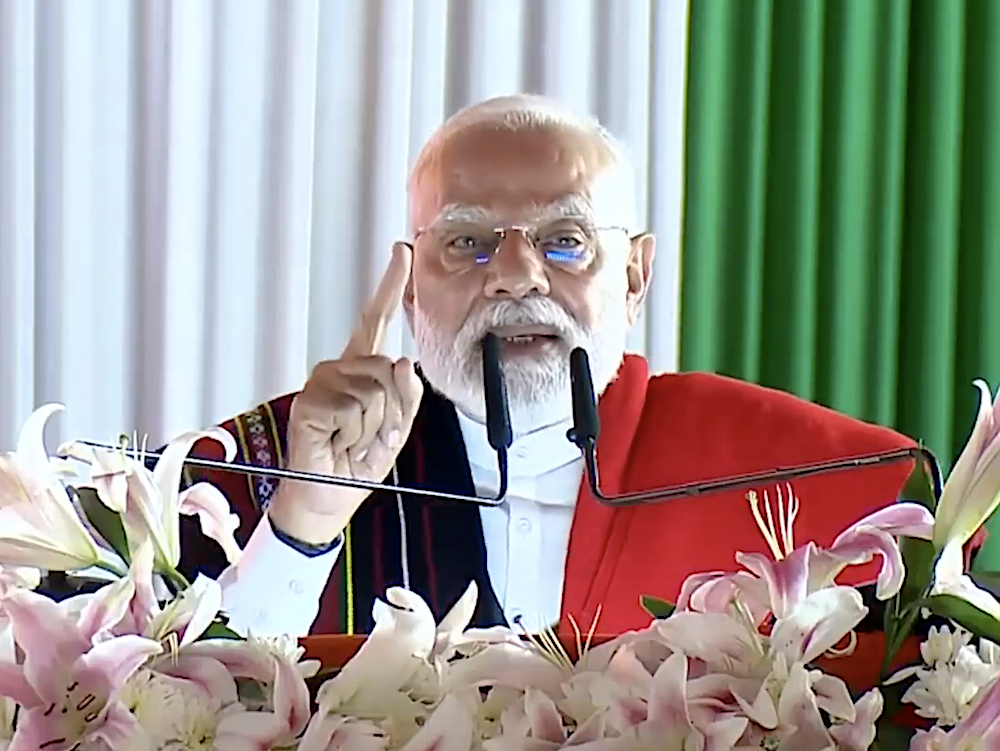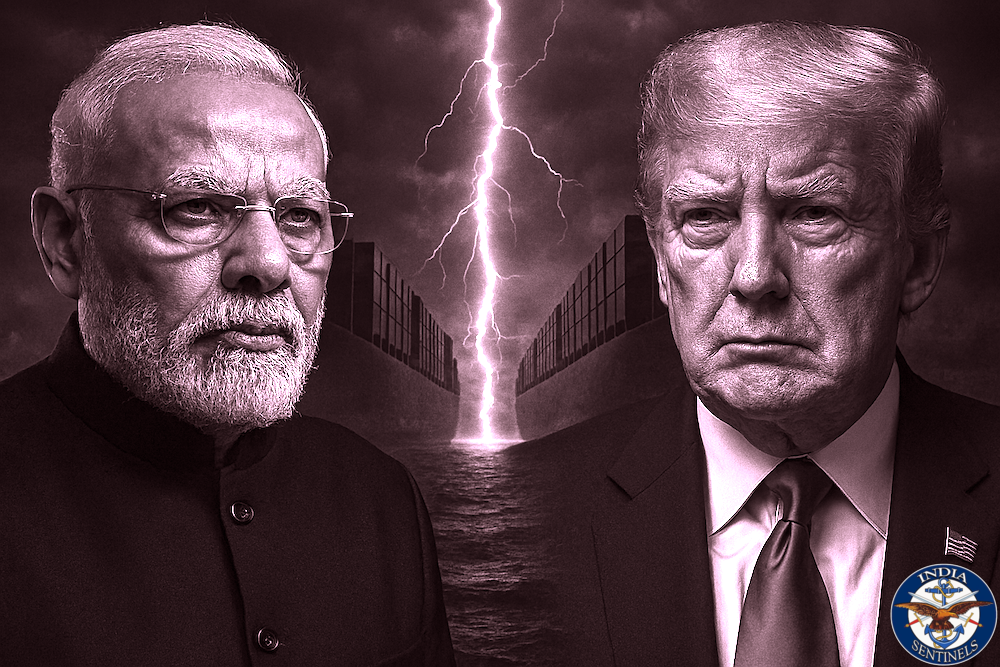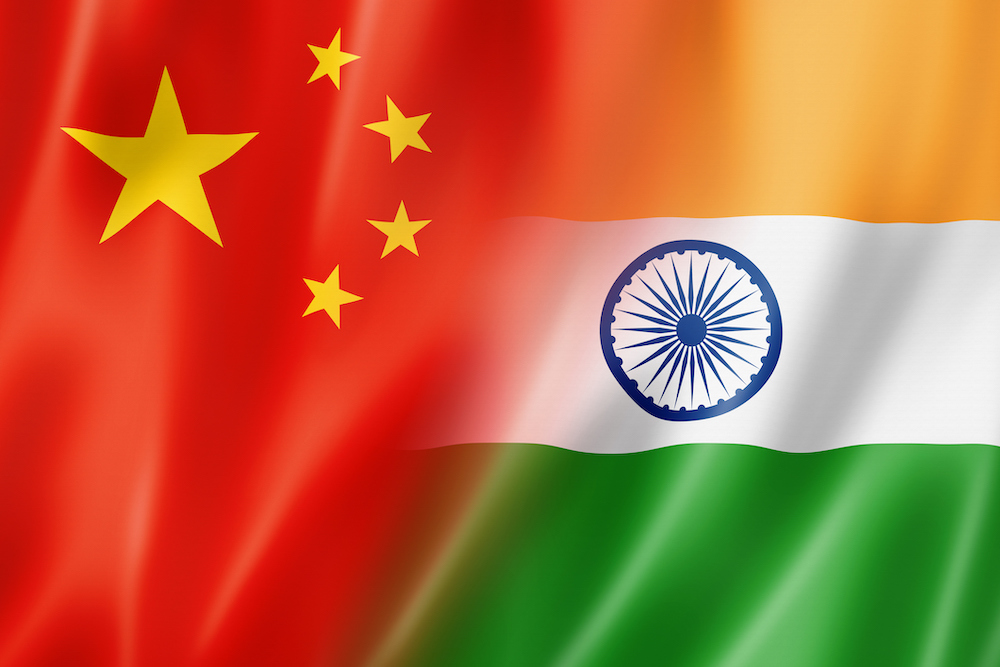
The external affairs minister, S Jaishankar, has repeatedly emphasized that relations with China cannot normalize until peace and stability return to the borders. Yet despite countless rounds of talks following Chinese transgressions in eastern Ladakh, the boundary dispute persists. The China frontier paradox endures.
When China’s foreign minister, Wang Yi, visited India for the first time in over three years, he came not as a routine diplomatic visitor but as Beijing’s special representative for resolving the boundary dispute. His visit reciprocated the December 2024 trip to Beijing by India’s special representative, Ajit Doval. Now, the prime minister, Narendra Modi, prepares for his first visit to China since the deadly clash between Indian and Chinese forces in summer 2020, which claimed the lives of 20 Indian Army soldiers.
What has prompted this sudden flurry of diplomatic activity aimed at normalization? India appears increasingly willing to decouple the boundary issue from bilateral relations, contradicting its own stated policy of no normalization until peace and stability are restored along the line of actual control (LAC). This diplomatic dance represents attempts at normalisation forced upon India more by regional and global geopolitical circumstances than by genuine progress on border issues.
Despite New Delhi’s bold pronouncements that normalisation requires China to restore the status quo ante that existed before the 2020 transgressions in eastern Ladakh, India finds itself at a crossroads. The question remains: what geopolitical circumstances have forced India’s China policy into this uncomfortable position?
Read also: Supreme Court’s CAPF judgment demands immediate implementation
A Geopolitical Impasse
India finds itself in a precarious situation. Having perceived itself at a global geopolitical sweet spot, New Delhi hoped that the personal rapport between Modi and Donald Trump during the latter’s first presidency would carry forward into Trump 2.0. Unfortunately, this expectation proved misplaced.
Relations have nosedived on multiple fronts, particularly regarding trade and India’s continued purchase of Russian crude oil. Facing a global geopolitical impasse, India has been compelled to attempt normalization with China while reconsidering its stance on the Regional Comprehensive Economic Partnership (RCEP), which it had earlier abandoned.
This readjustment of China policy aims to boost bilateral relations in commerce and trade. As a consequence, Beijing has promised to resume supplies of fertilizers, rare earth elements, and tunnel boring equipment. But will this attempted thaw in economic and commercial relations help settle the boundary dispute and restore the pre-summer 2020 status quo? The answer appears decidedly negative.
Read also: CAPF Leadership Crisis – Supreme Court speaks, government must act
The Pakistan Factor
The primary obstacle to genuine Sino-Indian rapprochement lies with India’s western neighbour. Pakistan remains both economically and militarily dependent on China. The recent Operation Sindoor demonstrated the interoperability between Pakistani and Chinese armed forces, serving as a testing ground for Chinese equipment.
China has a vested interest in keeping the Union territory of Jammu & Kashmir in a state of terrorism and turmoil, despite India’s strategic move to bifurcate the former state and separate Ladakh from J&K to counter Chinese territorial claims. It was precisely this bifurcation that prompted China to initiate the Galwan incident and subsequent transgressions in eastern Ladakh, leading to the creation of buffer zones.
Numerous rounds of talks between military commanders from both countries have addressed boundary transgressions and disengagement from friction points in eastern Ladakh. India has maintained its position, seeking disengagement at all friction points followed by de-escalation. However, comprehensive achievement of these goals remains elusive.
Read also: Border security or border combat? India’s western challenge
The CPEC Strategic Trap
The China-Pakistan Economic Corridor (CPEC), a 3,000-kilometre infrastructural project passing through Pakistan-occupied Kashmir, serves as an alternate route connecting the Arabian Sea port of Gwadar with China’s Xinjiang province. By routing CPEC through disputed territory, both China and Pakistan become key stakeholders with deep strategic interests in maintaining instability in J&K.
This arrangement achieves a two-pronged objective. First, it ensures India’s western border with Pakistan remains hostile and unstable through cross-border infiltration and terrorism, engaging Indian policymakers and armed forces on the western front and internal security. Second, it forces enhanced concentrated deployment of troops for border policing and counter-terrorism operations.
The strategy achieves additional objectives by diverting India’s focus from the LAC, giving China both strategic and tactical advantages. Heavy deployment of forces for policing the line of control (LoC) negatively affects training for conventional warfare capabilities.
Despite China pulling Pakistan’s strings on strategic and security matters, and despite transgressions along the LAC being the proverbial elephant in the room, India’s approach appears focused on dealing with familiar, manageable problems rather than confronting more difficult challenges. This explains India’s defensive posture towards China and offensive stance towards Pakistan.
Read also: Decoding Pakistan’s strategic gambit under Field Marshal Asim Munir
Deteriorating US Relations
India’s deteriorating relations with the United States, marked by proposed 50 per cent tariffs on Indian goods, have complicated the strategic calculus. Meanwhile, the strong China-Pakistan partnership was on full display during Wang Yi’s recent visit to Pakistan, where he praised Islamabad’s “tireless efforts in combating terrorism” – a clear indication of Beijing’s priorities in strategic and security domains.
The proposed China-Pakistan-Afghanistan trilateral mechanism aimed at improving Pakistan-Afghanistan relations regarding cross-border terrorism could provide Pakistan the space to relocate troops from its western border to its eastern frontier with India, potentially complicating the terrorism scenario further.
Growing US-Pakistan rapprochement also bodes ill for India both economically and militarily. With US sanctions looming over Russian oil purchases, India faces limited options.
Read also: Border Security Force is an armed force, not police, nation must know
The Compulsive Détente
India has developed a troubling habit of putting all diplomatic eggs in one basket while ignoring other opportunities. This happened with Bangladesh and again with the United States. Given the changed geopolitical scenario and strained India-US relations, is this compulsive détente with China – despite the persistent frontier paradox – simply forced upon India by circumstances?
The situation leaves little manoeuvring room for India except to temporarily mend relations with China while keeping the boundary issue on the back burner in the interest of good neighbourly relations. However, India must be careful not to appear as part of a China-Russia-India troika opposing US interests while continuing to invest in good relations with Washington.
With this broader perspective, India appears to have returned to the 2005 agreement signed during Manmohan Singh’s tenure as prime minister, titled “Political Parameters and Guiding Principles for Settlement of India-China Boundary Question”. If implemented in a spirit of mutual respect, this agreement could ensure border peace, improve bilateral relations, and promote regional stability.
The phrase “settled population” in the agreement ensures maintenance of the demographic status quo and signals willingness to propose new arrangements. The Ministry of External Affairs has indicated that an expert group will explore “early harvest” opportunities in boundary delimitation, signifying intent to pursue a final boundary agreement with China.
Read also: BSF must brainstorm to meet dynamic battle challenges
The Trust Deficit
History suggests China remains an unpredictable neighbour. The LAC remains in perpetual dispute along its entire length, with competing claims and counterclaims. With both armies in eyeball-to-eyeball contact, the LAC remains fundamentally unstable.
China cannot be trusted, considering the 2020 transgressions and the speed with which it continues building infrastructure along the LAC and in Pakistan-occupied Kashmir. Already, there are hiccups, with the Chinese foreign ministry expressing surprise at Indian clarifications on Taiwan, terming them inconsistent with Chinese sovereignty and the One China principle.
Read also: How BSF’s ‘offensive defence’ thwarted Pakistan’s designs during Op Sindoor
Strategic Musts
India must maintain vigilant oversight of Chinese moves along the LAC to avoid being caught off-guard, given China’s deep stakes in maintaining instability along the LAC and in J&K to keep India in perpetual flux. The frontier paradox serves Chinese interests perfectly.
India must strengthen itself militarily to confront not just Pakistan but the combined might of a China-Pakistan axis. The nation must not be caught unprepared in this compulsive détente while the frontier paradox persists.
For now, India may have to engage with China diplomatically. However, it must not be carried away by temporary improvements, as the Chinese threat remains permanent and will persist until India adopts a more assertive approach. True strategic autonomy will only emerge from enhanced economic and military capabilities.
Read also: Was Op Sindoor ceasefire premature? Analysing its strategic impact
The compulsive détente must not compound or confuse the fundamental frontier paradox. While diplomatic engagement may provide temporary respite, India’s long-term security requires building comprehensive national power to deal with the China challenge from a position of strength rather than vulnerability.
Only through sustained economic growth, military modernisation, and strategic partnerships can India hope to resolve the frontier paradox on terms favourable to its national interests. Until then, the dance of détente will continue, with the border dispute casting its long shadow over the subcontinent’s geopolitical future.



